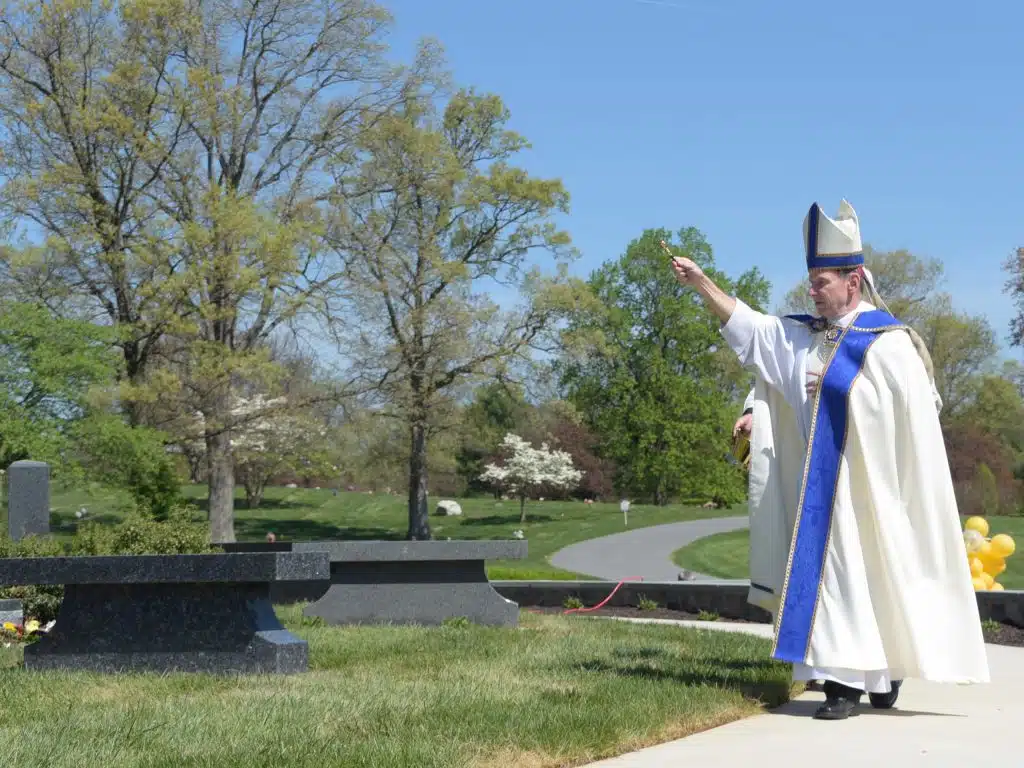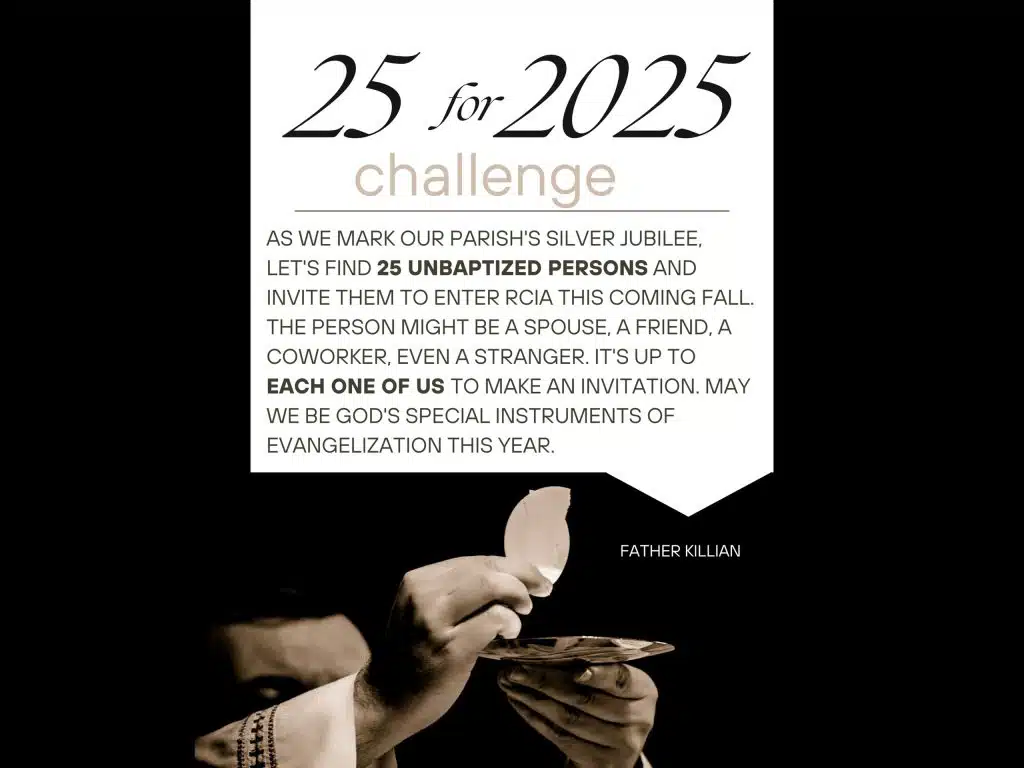Mark’s Gospel says of Jesus: “And wherever he came, in villages, cities, or country, they laid the sick in the market places, and besought him that they might touch even the fringe of his garment; and as many as touched it were made well” (Mk 6:56). Ultimately, it was Jesus’ body that healed at the touch. Clothing is an extension of the body — Jesus’ and ours.
How a person perceives the truth and preciousness of one’s body is reflected in the clothing chosen to express it. A recent article on clothing noted: “Research shows that the clothes you wear actually change the way you perform” (inc.com). Citing the Swiss Bank UBS guidelines for appropriate dress, the writer noted “ … every detail about your presentation communicates something. When you’re dressing or grooming, consider what it says about you and whether its in line with the message you want to communicate.”
That secular professional advice helps to explain why some communities of consecrated religious make the choice of wearing a habit. The human body locates a person in the vastness of the universe and the way it is clothed extends a person’s presence and identity in tangible, visible ways.
In the wake of the Second Vatican Council, all religious communities were asked to look deeply into the charism and vision of life that gifted their founders, and to make changes that deepened the original intent in our time. The wearing of a community habit was part of this discernment. Some communities chose to retain a community habit; others chose the contemporary clothing of their cultures, often accompanied by a distinctive community medal or symbol. My intent here is to reflect on the blessing of a communal habit, such as my community, the Franciscan Sisters of the Eucharist.
As noted above, both Jesus’ bodily presence and contemporary research reveal the power of clothing in our personal self-understanding and the motives for our choices. An example helps.
Not long ago, I was in a midwest airport waiting for a change of planes. An older couple was seated in the uncrowded boarding area a few rows away. Soon, I could hear the tap of a cane and saw the man approaching me. He said, “I have a question.” It was a brief inquiry concerning faith. He returned to his wife, but soon the tap of a cane announced his return. “I have another question,” the man said. When he approached a third time he said, “Aw, why don’t you just come over and sit with us.”
Sometimes it is just that simple. Wearing a religious habit allows a consecrated woman to walk into anxiety-laden and chaotic situations: airports, Intensive Care Unit waiting rooms and littered streets where the homeless wander, and sign an indwelling presence available to all who are waiting to touch “the hem of his garment.” Wearing the community habit provides an identity and a challenge: that an interior spousal reality corresponds to the outward sign. That it be worn truthfully is vital, both for the woman (or man) who wears the habit, and for those seeking a touchstone of God’s presence.
Our community has “dressing prayers” we recite each morning as we put on our long brown habit, cincture (or belt), our community cross-medal and veil. The cincture has three knots, indicating the three vows of chastity, poverty and obedience. Our ring, received at final vows, is a simple wedding band, a constant spousal call to fidelity to Christ and his body, the church. We are privileged to wear our “wedding garment” every day. Pray for our authenticity in what we profess.
Sr. M. Timothy Prokes, FSE, lives with her community at St. Philip Church, Falls Church. She gives talks and co-presents an online Lay Formation Course.


